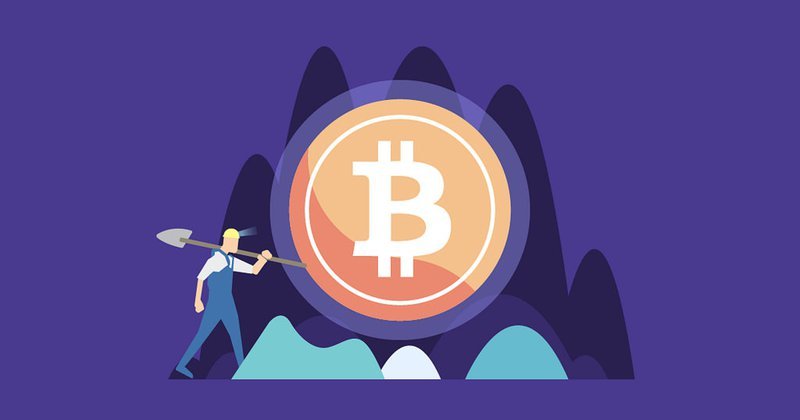Find out the process of Bitcoin Mining and our thoughts on 2019 profits!
Bitcoin, the most widely used and valuable cryptocurrency in the world, is driven by a process called Bitcoin mining. Defined by three key characteristics, Bitcoin is transparent, immutable, and most importantly, completely decentralized. The decentralized nature of Bitcoin means that it isn’t issued or managed by any centralized authority — instead, the ledger that keeps track of all Bitcoin balances and transactions is managed in a collaborative manner by tens of thousands of Bitcoin Miners around the world.
These participants help to secure and maintain the Bitcoin network through “mining.” Bitcoin miners are rewarded for their contribution in the form of Bitcoin. The Bitcoin mining industry is relatively complex, and requires dedicated hardware, but can be extremely profitable —Bitmain, the world’s largest Bitcoin mining organization, generated over $1 billion USD in profits in the first quarter of 2018 alone.
Volatile cryptocurrency markets, the increasing dominance of large-scale mining “pools,” and increasing operational costs, however, have dramatically altered the profitability of Bitcoin mining for independent miners over the course of 2018. Is Bitcoin mining still profitable in 2019?

